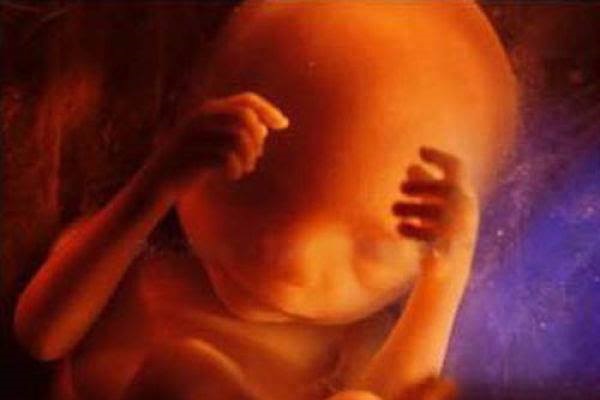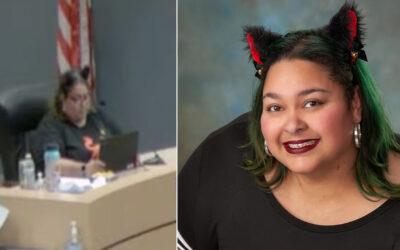There are many faults line along with pro-life and “pro-choice” people divide. In a sense, perhaps the most fundamental is that we refuse to accept either [the mother] or [the baby]. We believe in win-win solutions that are both/and.
I think of that truism (for us) every time I read a study documenting the interdependence, the mutuality of mother and child. Even more so when I read about truths that are widely known in the scientific community but news to most laypeople.
For example that years—even decades—after a mother delivers her baby, some of the baby’s cells will remain in her body with potentially wonderful benefits to her.
Liz Szabo writing in USA Today opens her story with a delightful surprise:
Many moms carry photos of their children in their wallets.
Yet mothers may be surprised to learn that they’re also carrying some of their children’s cells, years or even decades after the end of a pregnancy. And while a baby photo can melt a mother’s heart, the cells her child leaves behind in her blood may actually heal it, emerging research suggests.
Szabo adds additional breadth and depth to our understanding of the ability of these fetal cells to “come to a mother’s rescue” in a story whose sub-headline reads, “New study in mice shows that fetal cells carried by moms after they give birth may actually provide stem cells to help the body repair some damage.”
Or, as she puts it later, “[T]he fetal cells left behind in women’s bodies are more than mementos.”
The story begins with a discussion of a paper delivered at the American Heart Association’s International Stroke Conference in San Diego, by Louise McCullough, director of stroke research at the University of Connecticut Health Center.
The crux of the story is that the fetal cells that remain in the mother mouse’s body appear to act like stem cells when they race to repair damage caused by a stroke in the mother’s body. This raises intriguing possibilities.
Click Like if you are pro-life to like the LifeNews Facebook page!
McCullough studied how fetal cells operated in the mother mouse who had suffered a stroke. They quickly (within three days) clustered around the area of the stroke. Szabo writes
“But these fetal cells were more than bystanders, McCullough says. They also began dividing and giving rise to the types of cells that line blood vessel walls, as if trying to form new blood vessels to restore blood flow to the injured brain.
“What scientists don’t yet know, is whether the fetal cells were clustered around the stroke site by coincidence, or if they really were acting like stem cells attempting to regenerate tissue. McCullough presented her research in abstract form.”
Other scientists, working independently, have seen similar behavior in mice with heart failure. Szabo writes
“The mice who recovered best were ones in which fetal cells integrated into their heart tissue, says [V.K.] Gadi, who wasn’t involved in McCullough’s research. In a study in humans, researchers found maternal cells at work in a diabetic child, apparently trying to repair insulin-producing cells, he says.
Naturally, others are examining what role fetal cells may play in diseases such as cancer.
Szabo raises another fascinating possibility. That, like stem cells, “Fetal cells appear able to change into whatever specific type of cell is needed, McCullough says. So fetal cells in a mother with liver damage could transform into liver cells.”
Very amazing stuff.
You can read Szabo’s full story.

Please click here to read the full story.
Author: Dave Andrusko




